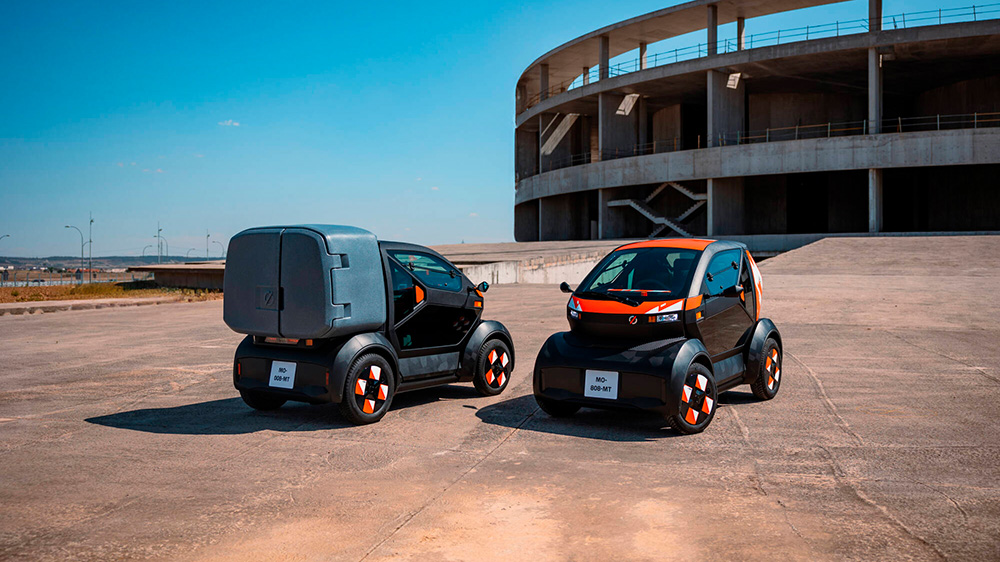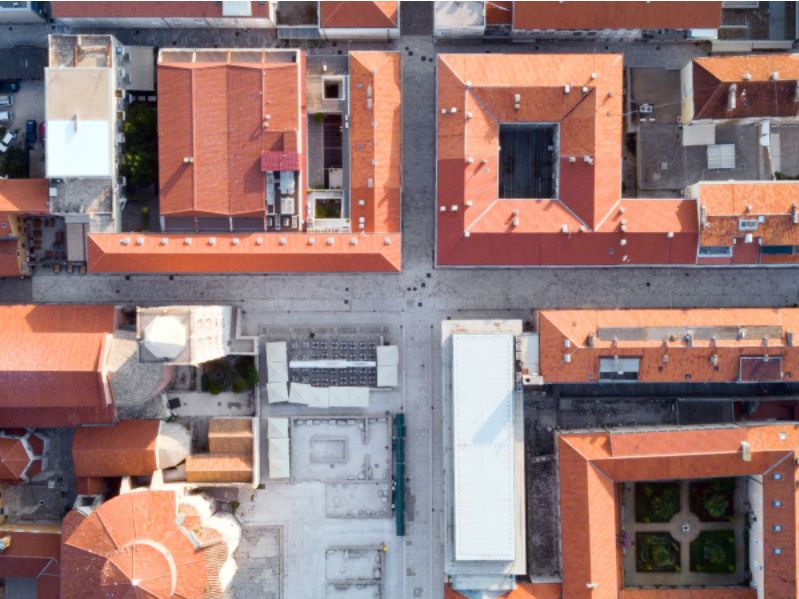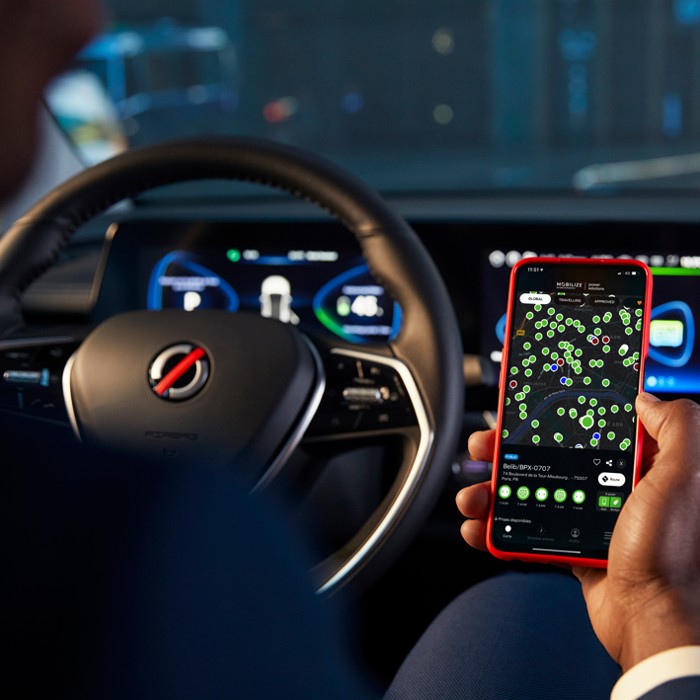1/ One point or one thousand points?
When you take to the road at the wheel of your electric vehicle, it’s highly likely that the availability of electric charging points along your route, and their compatibility with your vehicle, will be among your first questions. In Europe, there are not 1000 but 500,000 points available across the region. For the European Automobile Manufacturers’ Association (ACEA), these figures hide major disparities in terms of geographic distribution, since 70% of the electric charging points are currently located in the Netherlands, France and Germany. These are countries where the development of electric vehicles is clearly more dynamic. More importantly, though, the wheels have been set in motion and this imbalance is gradually being reduced.
2/ Charging power: a trump card
While the number of charging points is still increasing, there is already a broad range on offer when it comes to power. In short, the more powerful the charging point, the faster it charges…. which means that the terminals are all the more powerful as they are located in short-stay places.
Classic charging points use alternating current (AC). These are – from the least powerful to the most powerful – the standard household power socket at 10A/2.3 kW (single phase current) found in every home; the reinforced household power socket at 16A/3.7 kW (single phase current); the dedicated home charger at 32A/7.4 kW (single phase current) also known as a “wallbox”; the charger that can be placed in a private place as well as on the roadside at 16A/11 kW (three-phase current); and the public charging point at 32A/22 kW (three-phase current), which is mainly found in commercial car parks. The fastest charging points are reserved for major roads. The charging points then deliver a direct current (DC) of up to 400 kW, to stock up several hundred kilometers of autonomy in just 30 minutes of charging.
On the car side, the Combo charger, particularly found on Renault Group electric vehicles, can be connected to any charging point, AC or DC. Your car could be charging as soon as you park.
3/ Public charging points: draw a “driving ace” card
Once you’re on your way, you’ll need to know about public charging points and their distribution networks. The difference between the operators is, for now, mainly about price, with competition contributing to a gradual standardisation of rates. It is worth noting that a number of town centers and some larger stores offer free parking alongside the charging points, or even free electric recharging: this attracts the least polluting vehicles.
Generally speaking, it may sometimes be hard to find an available charging point when you need one. The Mobilize Charge Pass is a bit like a “safety card” in the game 1000 Miles, it gives you access to over 500,000 charging points in 25 European countries. Along with its app locating the charging points available on your route, it’s like being handed a master key. At the time of charging, it can be used to switch it on and pay per unit. Do you already have a Mobilize Visa Card for payments in France? No problem! You can use it to pay for your charging following the same steps. Keep playing… while the others take their turn!
4/ Private space: speed is limited, but installations get the green light
Whether it’s at work or at home, we have to admit that a vehicle spends more time sitting in a car park than in motion on the road. The good news is that these stationary moments are perfect for charging batteries, making the issue of charging capacity in such private spaces crucial. Whether it’s at home, in a company car park, or a shared space, for yourself, customers or visitors, there are many solutions. Here there is less of a problem with charging speeds, but rather the decisive question of the installation and connection of the terminal.
Mobilize has the answer, thanks to Mobilize Power Solutions, which enables customers to order a charging solution and its installation at home, at the same time as they order their vehicle from a dealership. Depending on the type of charging point chosen and the location where it will be installed, Mobilize Power Solutions calculates a set price with no surprises. For professionals, Mobilize Power Solutions provides turnkey solutions, from advice to the installation of charging points, to the operation of the charging service and energy optimisation.
5/ Mobilize Fast Charge: play your “emergency vehicle” card
The development of public access charging points is an essential condition for the growth of electric vehicles, which is called for by European policies on cutting traffic emissions. The European Commission announced a target of one million terminals installed by 2025. An ambitious target that demonstrates the trend is to increase the number of public charging points.
Mobilize is taking an active role in this movement, with the deployment of Mobilize Fast Charge, a super-fast charging network that should have 200 charging stations in Europe by 2024. These stations will be available near motorways, with a view to covering charging needs on long journeys. All across the recharging infrastructure, Mobilize Fast Charge is a comprehensive service, which integrates smart energy management by storing it up for redistribution when it is most needed. The Mobilize network will also offer rest areas with games consoles and remote working zones with WiFi for its customers. Not a bad way to pass the time while you top up. And why not start a ‘real life’ game of 1000 Miles? It’s your turn…






